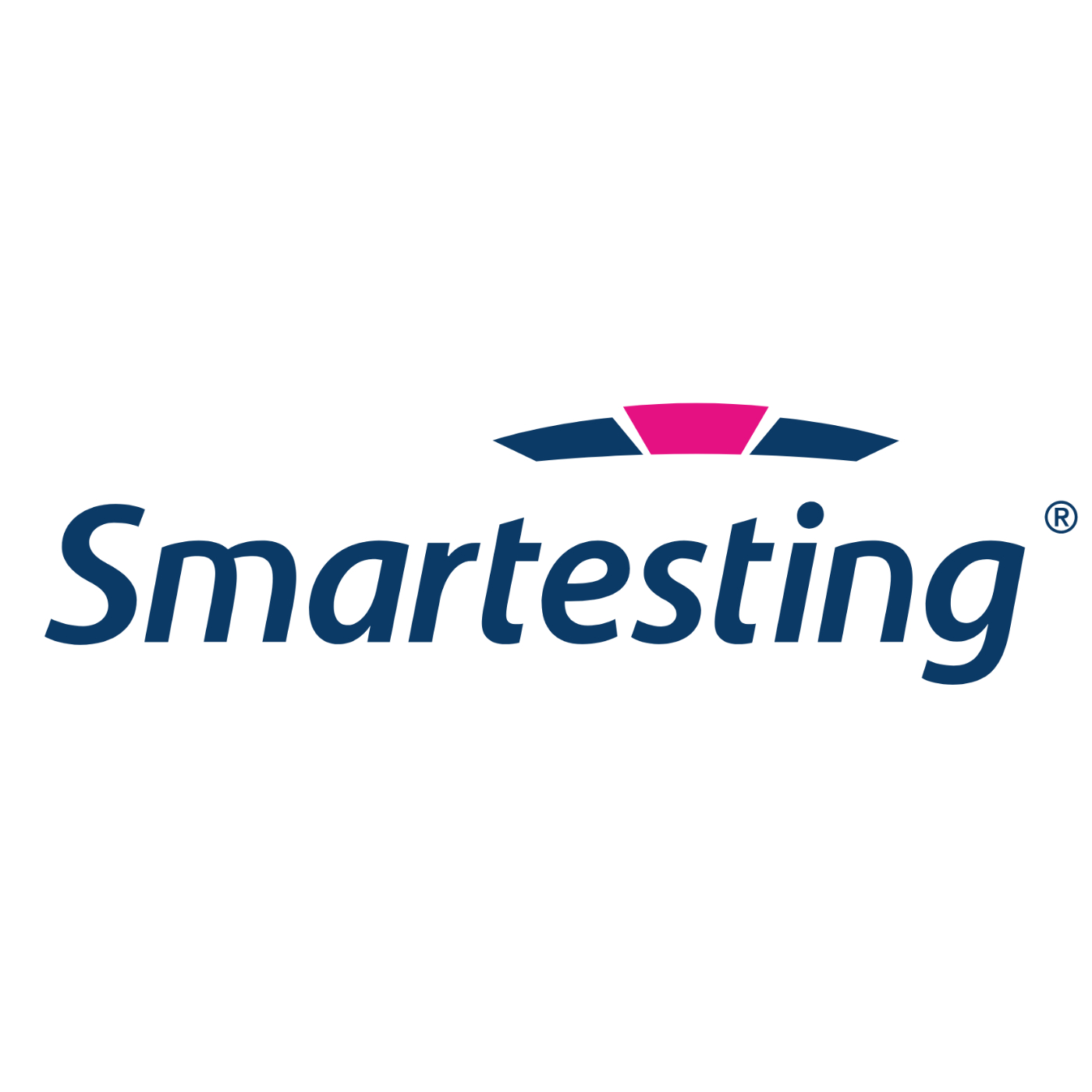Audio Presented by

Smartesting AI-powered testing tools enable Agile and DevOps teams to deliver better software faster.
Story's Credibility

About Author
Smartesting AI-powered testing tools enable Agile and DevOps teams to deliver better software faster.